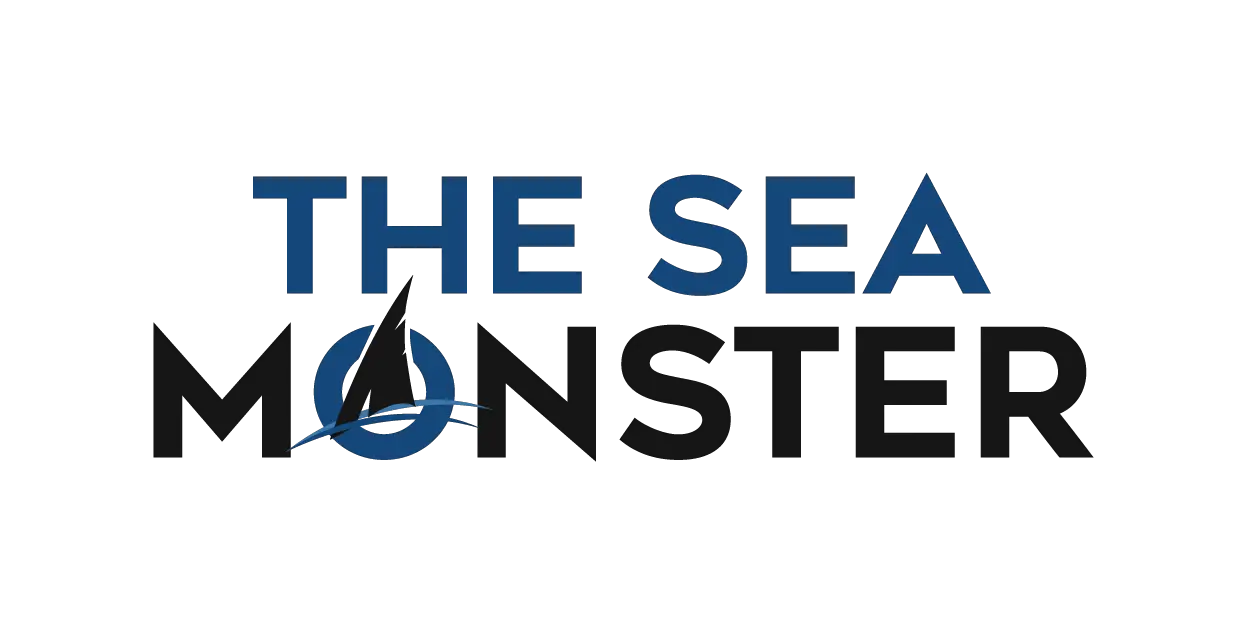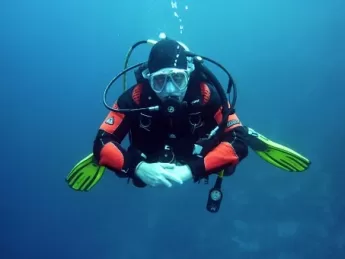Introduction
Quick Navigation
As much as scuba diving can be so much fun, some weird things could happen your body if you are not careful. Have you just seen red markings on your face after a dive? It could be a face squeeze. It can go from mild to severe, depending on the pressure the squeeze creates on your face.
Mask squeeze is a common phenomenon amongst divers; hence, it is important to explore the causes, symptoms, and prevention tips.
What is Mask Squeeze?
The squeeze in the airspaces of a scuba mask caused by built-up pressure from more underwater depths is called Mask Squeeze. It is the inability of the face being able to equalize with a mask’s airspace.
Mask or Face Squeeze, also known as Facial Barotrauma, mostly occurs within 10 meters depth. As the compressed mask exerts pressure on the eyeballs, some vessels bust, leading to a reddened eye condition called Subconjunctival hemorrhage.
Although it is not a life-threatening condition, it causes discomfort, pain, swelling, and bruising around the eyes.
What are the Causes of Mask Squeeze?
Below are some of the causes of face barotrauma.
Lack of Acclimatization
One of the major reasons for having a mask squeeze is the lack of acclimatization or equalization. Many divers forget to equalize the mask with their face as they go deeper underwater; when that happens, air pressure is at an imbalance, causing a squeeze.
In other situations, air released on the exhale is not proportional to the air pressure within the mask. The constant build-up of pressure in the mask, therefore, results in face barotrauma.
Ill-Fitting Mask
Another cause of face squeeze in divers is putting on an ill-fitting mask. Before going underwater, it is important to have all the necessary gear checked and worn correctly. The reason is to make sure you are strapped properly to avoid facing difficulties due to varying depths or air pressure.
In the case of a scuba mask, it shouldn’t fit too tight or too loose because of pressure build-up around the eye muscles. Oftentimes, large volume masks are susceptible to this condition, so you should avoid them.
Increased Mask Pressure
While there is so much talk about divers going underwater and not equalizing with environmental pressure, another cause of face squeeze is mask pressure from pressing. As much as you don’t want water to get into your mask, you should make sure to let them out appropriately if they do. Pressing your mask over your face because you don’t want to get in can increase pressure and affect your eyes. However, what you do is keep a little space between your face and mask skirt to let water sip out appropriately.
Fast Descent
A diver’s descent can also be another cause of face barotrauma. Descending means you will encounter higher water pressure, and if you go too fast, there is a likely chance you won’t be able to keep up. It would be best to move slowly so that you can exhale and equalize properly.
What are the Symptoms of Face Squeeze?
Reddened eye is the commonest symptom of mask squeeze; however, there are others. These other symptoms include:
Nose Bleeding
Blurred Vision
Bruise Marks
Facial Pressure
Red Face
What are the Prevention Tips for Mask Squeeze?
Even as much as mask squeeze may be inevitable, there are prevention tips to help you along the way. Here are some things that you could consider when scuba diving.
Equalize Often
Since lack of equalization is one of the reasons why people face this condition, you should try first by learning how to. Equalization plays a role in face protection against pressure buildup.
Ideally, there are two types of equalization – Valsalva and Frenzel. The Valsava method requires the respiratory muscles to contract to air out and balance the pressure in the mask. On the other hand, the Frenzel method involves using the tongue and throat to push air from the mouth into the nasal cavity.
Whatever method you decide to try out, equalizing is important in preventing face squeeze.
Avoid Swimming Goggles
There are other ways to look cool besides using swimming goggles for scuba diving or free diving. This accessory doesn’t entirely protect your face as you think because it has larger spaces that trap air and makes it almost impossible to equalize air. Besides, swimming goggles are not connected to the nose, so there is no way to let the air out easily.
Choose the Perfect Mask
The type of scuba mask you use for diving has an important role to perform in your experience underwater. Likewise, it determines whether you will have the mask squeeze or not. The perfect mask should fit perfectly, i.e., not fit too snugly around the eyes or too tightly around the head. If you get the right size, it should be possible to maintain water pressure between the mask and your face.
Monitor Descent
While you pay more attention to your mask, you should also do the same for yourself. A diver’s descent is equally important; hence, you should consider covering more depth slowly so that you can equalize properly. If you need to monitor your descent, a dive computer might come in handy.
Can Face Squeeze be Treated?
As mentioned earlier above, face squeeze comes with visible symptoms like face redness. Within a short time, this condition fades and automatically clears. However, it is best to avoid diving during that healing period, so your condition doesn’t worsen.
In extreme scenarios, antibiotics can be prescribed to protect eyesight from infection and alleviate pain.
Apart from all that, there is no serious treatment for mask squeeze.
Read here on how to treat your pre-dive mask.
Conclusion
Learning about mask squeeze comprehensively is important so that you can maintain an optimum level of safety underwater. Different things could go wrong when scuba diving or free diving; however, it is up to you to take control of the situation and make sure you make it back to the surface wholly. If your condition requires medical intervention, do not hesitate to see one immediately.

